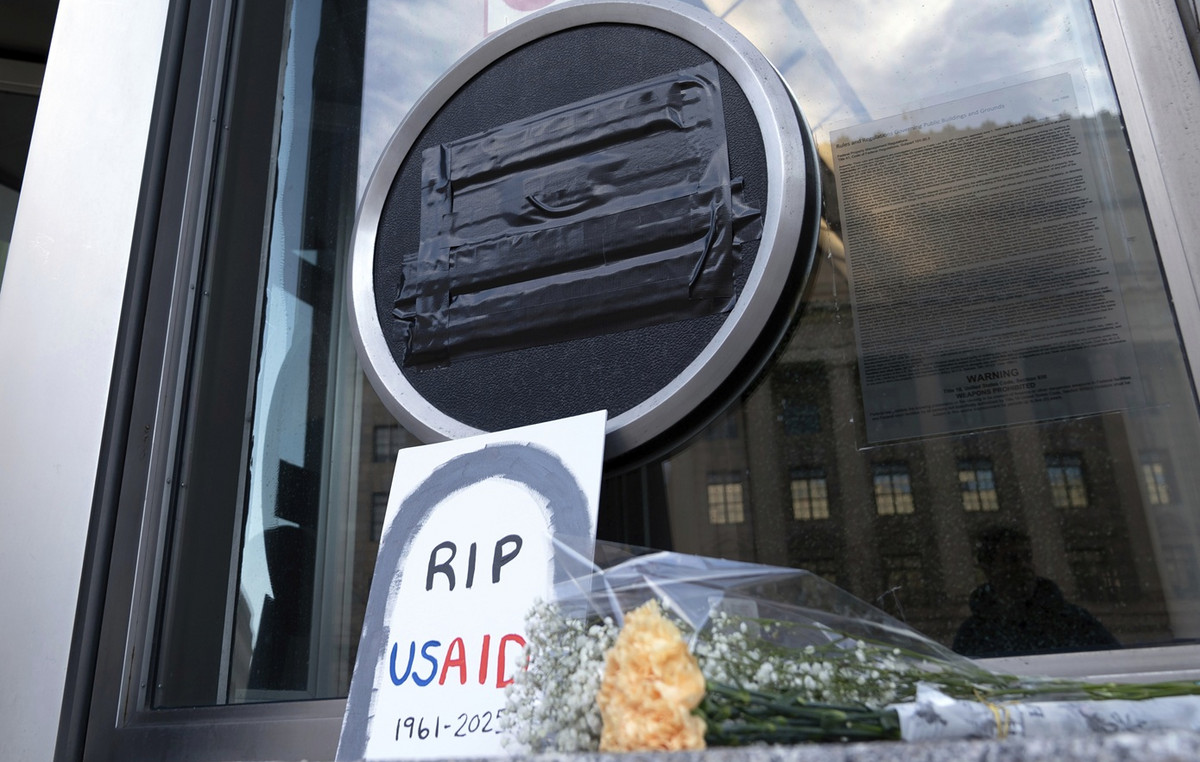Nearly three-quarters of U.S. farmers say this year’s drought is crippling their harvest with significant crop and income losses, according to a new survey by the American Farm Bureau Federation, an insurance company and lobby group that represents agricultural interests. agriculture.
This year’s drought conditions are taking a higher toll than last year’s as 37% of farmers said they are plowing and killing existing crops that will not reach maturity because of the drought conditions.
That’s a 24% jump from last year, according to the survey.
July was the third warmest on record for the US and ranked in the top 10 for every western state except Montana, according to the National Centers for Environmental Information.
The U.S. Department of Agriculture’s Weekly Weather and Harvest Bulletin, ending the week of Aug. , pastures and various summer crops”.
The AFBF estimates that nearly 60% of the western, southern and central plains are experiencing severe droughts or more this year.
“The effects of this drought will be felt in the coming years, not only by farmers and ranchers, but also by consumers. Many farmers have had to make the devastating decision to sell cattle that have spent years raising or destroy orchard trees that have grown for decades,” said Zippy Duvall, president of the AFBF.
The AFBF survey was conducted in 15 states from June 8 to July 20 in extreme drought regions from Texas to North Dakota and California, representing nearly half of the country’s agricultural production value.
In California — a state with high fruit and nut harvests — 50% of farmers in the state said they had to remove trees and multi-year crops due to drought, the survey found, which will affect future income. And 33% of all US farmers said they had to do the same, nearly double the number from last year.
selling herds
Farmers in Texas are being forced to sell their herds of cattle earlier than usual due to extreme drought – as water sources dry up and grass burns. Farmers in Lone Star state reported the biggest reduction in herd size, down 50%, followed by New Mexico and Oregon at 43% and 41%, respectively.
“We haven’t had this kind of cow movement in the market in a decade, since 2011, which was our last big drought,” David Anderson, a professor of agricultural economics at Texas A&M, told CNN internationally last month.
Access to water for livestock has been a key issue for farmers and ranchers this year, with 57% reporting local restrictions on water use, compared to 50% of farmers last year. The main sources of water in places like Lake Mead and Lake Powell — which are running below 30% of their full capacity — typically supply water to 5.5 million acres of land in seven western states, according to the AFBF.
On Tuesday, the federal government announced that the Colorado River will operate in a level 2 famine condition for the first time starting in January. That means Arizona, Nevada and Mexico will have to further reduce their use of water from the Colorado River.
High inflation makes it harder for farmers to save their land. The cost of diesel is falling but is still high, making it significantly more expensive to transport additional water by truck than in previous years. The price of fertilizer for grass and crops and animal feed also remains high.
Consumer impact
US consumers can expect to spend more on certain food products because of the drought, according to the report.
“For beef and veal, once the market processes excess animals sent for slaughter and has a smaller herd to operate out of – price increases can take anywhere from six months to over a year. For specialty crops, it can be immediate at harvest,” said Daniel Munch, economist at the American Farm Bureau Federation.
Fruits, nuts and vegetables predominantly come from states with high levels of drought.
But farmers were forced to stop planting or destroying orchards. This “is likely to make US consumers pay more for these products and partially rely on foreign supplies or reduce the diversity of items they buy in-store,” the report states.
For example, California produces 80% of the world’s almond supply – limiting other places where US consumers can buy the popular nut.
And changing where almonds can grow is not easy – as the crop needs a specific climate and soil.
“Overall, the outlook for 2022 crop volume is more pessimistic than a month ago, and much more so than two months ago,” notes a July report from The Almond Board of California. The main culprits were drought, poor water supply and the removal of orchards.
The Bureau of Labor Statistic’s August inflation report shows that US consumers are spending 9.3% more on fruits and vegetables than a year ago.
Source: CNN Brasil
I am Sophia william, author of World Stock Market. I have a degree in journalism from the University of Missouri and I have worked as a reporter for several news websites. I have a passion for writing and informing people about the latest news and events happening in the world. I strive to be accurate and unbiased in my reporting, and I hope to provide readers with valuable information that they can use to make informed decisions.







